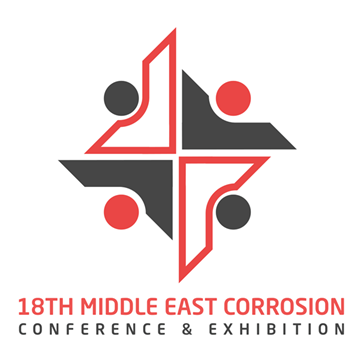Search
Products tagged with 'composite repair'
View as
Sort by
Display
per page
51317--9506-Testing and Design of Nonmetallic Composite Repair Systems for Pipeline Intergity
Product Number:
51317--9506-SG
ISBN:
9506 2017 CP
Publication Date:
2017
$20.00
51318-11719-Investigation and case study of composite repair performance at low temperatures on buried pipelines
Product Number:
51318-11719-SG
Publication Date:
2018
$20.00
Adhesively Bonded Composite Repairs Of Oil And Gas Structures
Product Number:
51321-17016-SG
Publication Date:
2021
$20.00
Theory and testing of composite materials on Stress Corrosion Cracking
Product Number:
51323-19002-SG
Publication Date:
2023
$20.00
Theory and Testing of Composite Materials on Stress Corrosion Cracking
Product Number:
MECC23-20124-SG
Publication Date:
2023
$20.00






